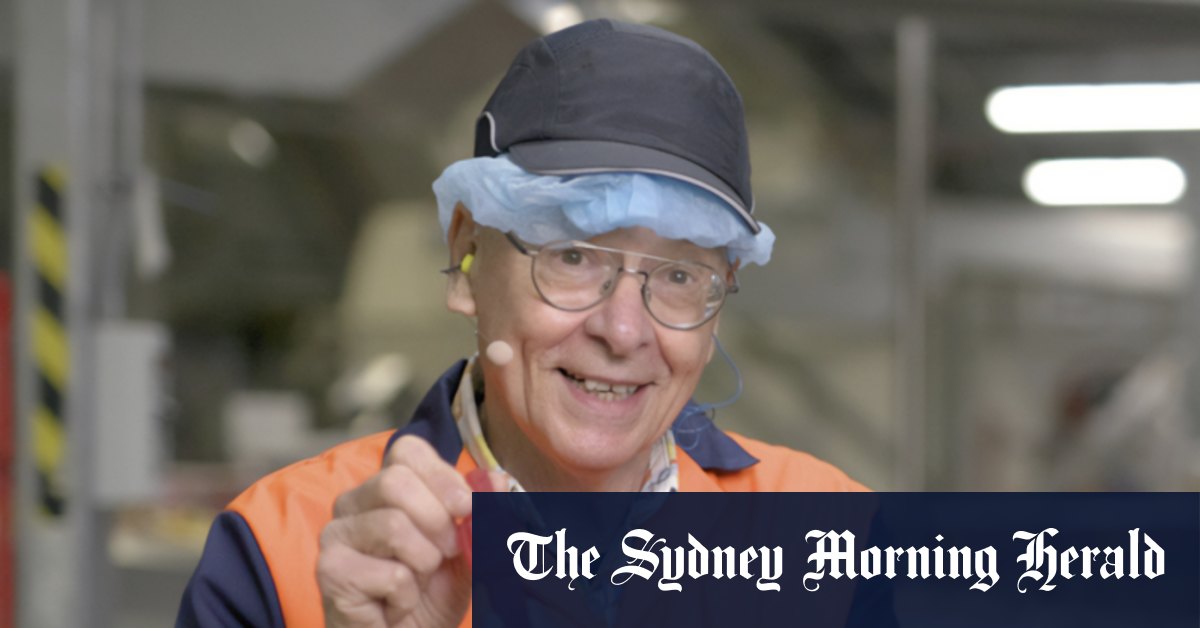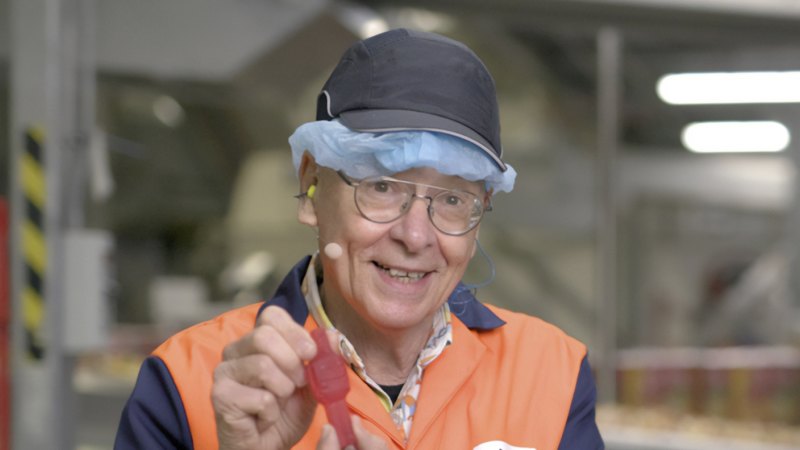

The series takes a cinematic approach to the production line, using music to inject drama into even the most mundane stages. With his signature lairy shirts concealed under safety jumpsuits, Kruszelnicki enthuses about each step of the conveyor belt, from the transformation of wood pulp into toilet paper in less than a second, to the exact science of hand-turning the perfect truffle. Adding to his delight, everything involves stainless steel.
Loading
“I’m a sucker for stainless steel. It maintains its integrity forever – or for about 1000 to 2000 years. The rust you get from stainless steel – chromium dioxide – is both adherent and non-permeable. So it stops and stays stopped. So, in the various factories that we went through, because in many cases we’re dealing with human contact-grade stuff, and everything has to be wiped down, it’s stainless steel all the way through. In every factory, I go, ’Ooh, I love this stainless steel!“.
As fascinating as are the facts in Dr Karl’s How Things Work, he believes that increased knowledge about everyday things we take for granted has implications beyond factual entertainment.
“At the moment, we’ve got this combination of 200,000-year-old thinking, because we are homo sapiens; medieval institutions like the fact that you have to work for money, when in fact there’s enough money to go around for everybody; and godlike technology in our hands. Those three things have put us in the weird place where we are right now … If we understand that the world is not a mystery, but understandable, we can then work out what things truly are mysteries. Trying to get people introduced to all these wonderful things that humans can do is part of the whole process of trying to bring light into the world.”



